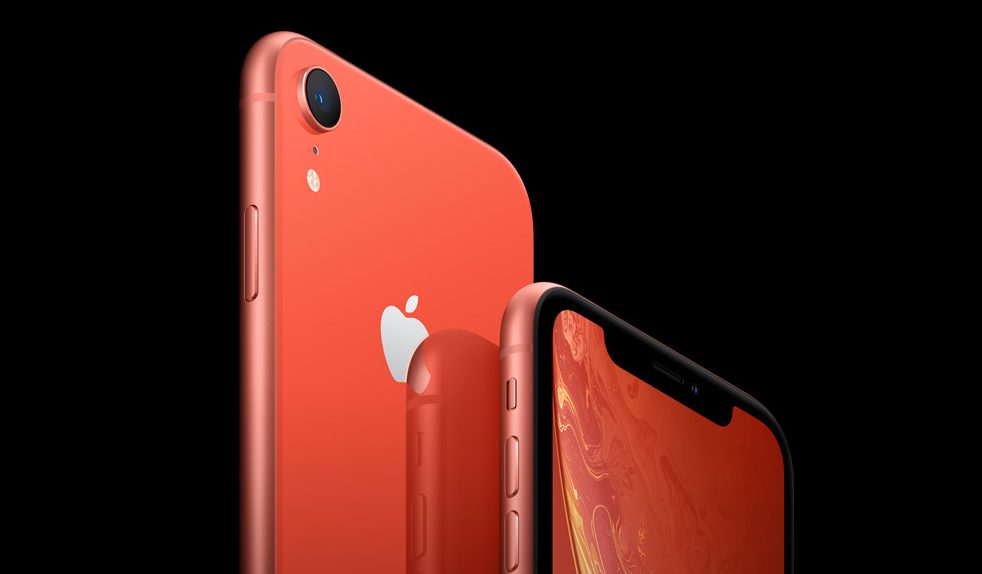The series of events we’re about to recount for you that happened recently at a Chicago-area hospital might sound like a gas, but they most definitely weren’t for the iPhone and Apple Watch owners whose devices suddenly — and seemingly inexplicably — freaked out and died. We’ve since come to find out that helium is the equivalent of kryptonite for iPhones, which can become temporarily bricked in its presence. Who knew? Allow us to explain.
It all started when a technician was installing a new MRI machine at a hospital just outside Chicago. Systems specialist Erik Woolridge started hearing reports that iPhones (not Androids) were suddenly not working anymore inside the building. His first thought: Did the MRI send out some sort of EMP?
That was quickly ruled out, as the rest of the hospital’s equipment was fine. So were Android phones inside the building. But a tally quickly revealed 40 different Apple devices showing glitches. Glitches like dying for no reason, being unresponsive after plugging them in to charge, and other quirks. Most of the iPhones eventually returned to normal, though one had “severe service issues” after the incident. Some Apple Watches also became unresponsive to touches on the display.
An iFixit report has more details: “That’s when [Erik] posted the issue to Reddit, where other sysadmins speculated that it might be caused by the liquid helium used to cool the MRI machine. So he investigated, and found there was a helium leak at the same time that vented into the building.”
The iFixit report zeroes in on the quartz oscillator at the heart of the iPhone’s clock as the problem. The clock, of course, is critical to the device. The CPU doesn’t work without it. Erik later performed an experiment that included sealing an iPhone 8 Plus inside a bag and filling it with helium to confirm that leak was the source of the problem. From iFixit’s report: “I leave the display on and run a stopwatch for the duration of the test. Around 8 minutes and 20 seconds in the phone locks up. Nothing crazy really happens. The clock just stops, and nothing else. The display did stay on though.”
Apple’s user guide for the iPhone and Apple Watch confirm that exposing either device to “evaporating liquified gasses such as helium” and in general to environments with high concentrations of industrial chemicals “may damage or impair iPhone functionality.”
Helium, it seems, caused the quartz oscillator in newer iPhone models to freak out at that Chicago-area hospital. Apple’s user guide goes on to suggest possible fixes in these situations, such as leaving the unit “unconnected from a charging cable and let it air out for approximately one week. The helium must fully dissipate from the device, and the device battery should fully discharge in the process. After a week, plug your device directly into a power adapter and let it charge for up to one hour. Then the device can be turned on again.”
Of course, it should go without saying this situation is not at all a common one. Just be aware, the iFixit piece concludes, that if your iPhone gets near helium, the chemical element’s molecules can stop your iPhone’s clock, which subsequently turns it into a temporarily useless (but certainly sleek-looking) paperweight.








